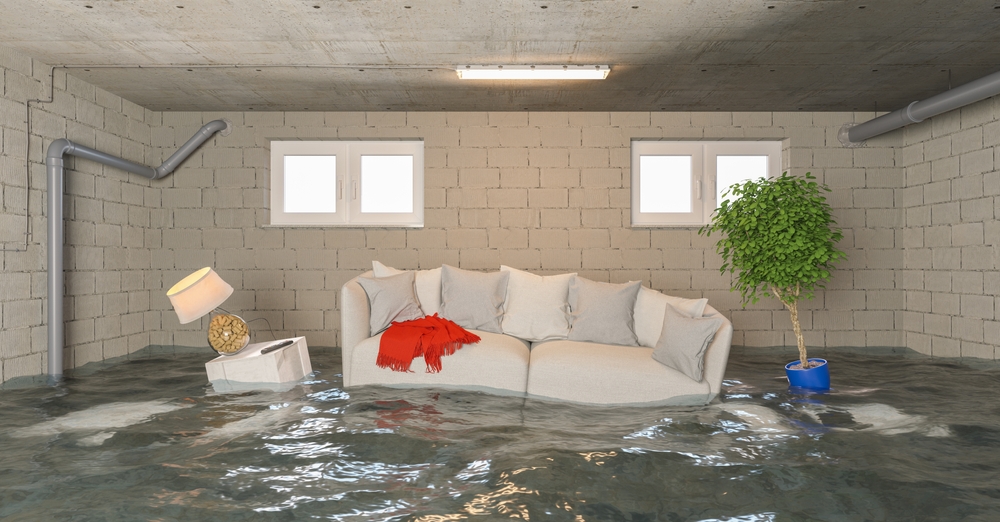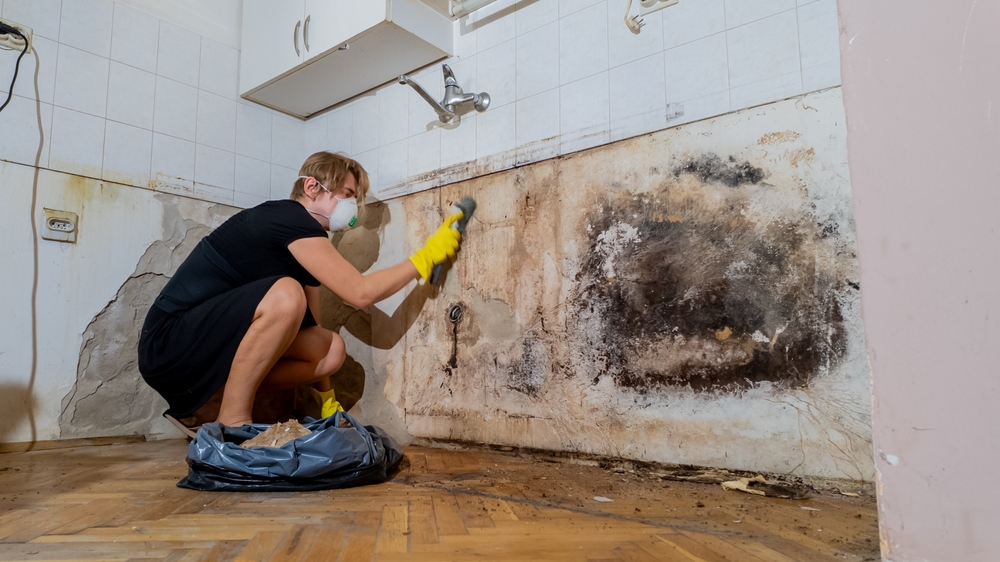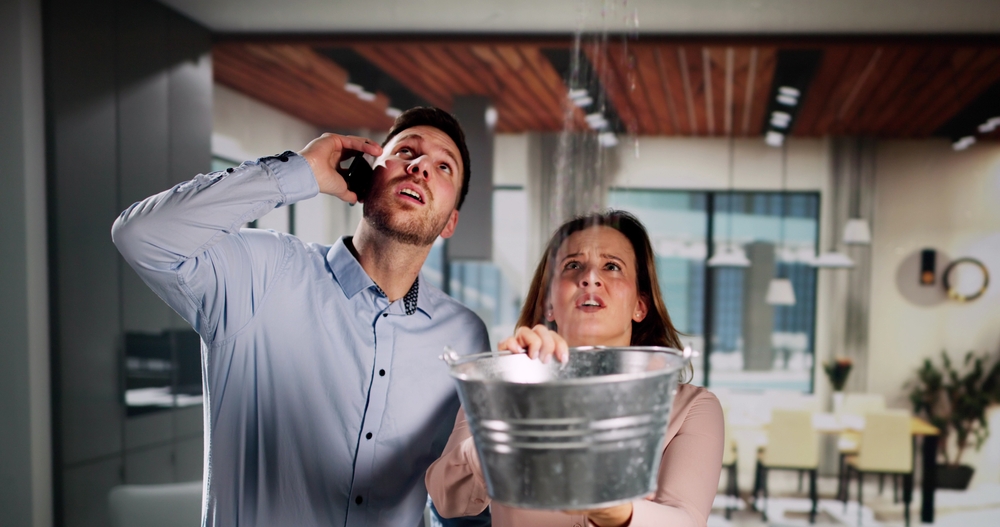Quick and unannounced, water damage can leave a mess that might cause major property damage. Whether it’s from a busted pipe, plenty of rain, or a natural disaster, knowing the water extraction procedure will help to reduce damage. Good water extraction not only repairs your property but also stops health risks such mold development.
We will walk you through what water extraction is, the several kinds of water damage, the methods used to remove water, and the general workings of the extraction process in this complete tutorial. By the conclusion, you will understanding the water extraction process and why it is required in safeguarding your property.
What is Water Extraction?
Water extraction is the process of drawing water from a property following a flood or other water damage incident. To stop more damage, water from carpets, flooring, walls, and other surfaces is extracted using specialist tools. Minimizing the damage caused by water and moisture will help to prevent mold development, weaken buildings, and lead to other long-term problems should these not be treated right once.
The procedure of water damage rehabilitation starts with water extraction. Early on, less time exists for the water to infiltrate into things and do major harm.

Types of Water Damage
Water damage varies not always. It might range from quite clean, benign water to dangerously poisoned water. The degree and kind of water damage will decide the extraction techniques to be applied. Water damage comes mostly in three types:
Category 1: Clean Water Damage
Water damage of the least severe kind falls under category 1. It entails water from a clean source, say a sink spilling or a broken water line. While clean water may still harm materials, it is generally safe to handle and usually does not significantly affect health risk.
The water is clean, hence the extraction method consists in fast removal of the water and complete drying of the region to avoid any secondary problems such mold development.
Category 2: Grey Water Damage
Slightly contaminated, category 2 water could include dirt, chemicals, or deterges. Usually it originates from toilets without human waste, dishwashers, or washing machines. Should you drink grey water, it can endanger your health; hence, careful extraction is necessary.
Category 2 water damage extraction follows the same techniques as clean water damage except with extra care to sterilize the region following water removal.
Category 3: Black Water Damage
Water damage classified as category 3 is the most hazardous kind. It entails severely contaminated water, such river or ocean flooding, sewage backup water, or water contaminated by hazardous chemicals having come into touch with. Black water is dangerous for health since it might include poisons, viruses, and deadly microorganisms.
Black water extraction calls for specific tools and a comprehensive cleaning procedure to guarantee the removal of hazardous elements. When handling black water, protective gear including gloves, masks, and boots is absolutely required.
The kind of water damage will affect the methods of water extraction. Category 1 calls for conventional extraction techniques; Category 2 and 3 call for special care to guarantee health and safety.
Water Extraction Techniques
Water extraction makes use of multiple methods, each appropriate for various forms of water damage and degree of flooding. Drying, vacuuming, and pumping are the main ways water is extracted. Let’s discuss each one individually:
Pumping: Removing Water from Large Areas
Pumping is the most efficient way when big amounts of water are involved. The water volume and surroundings determine the several kinds of pumps used:
- Submersible Pumps: Perfect for flooded basements and crawl spaces, submersible pumps are made to be installed straight in water. They may rapidly empty an area of great water volume.
- Trash Pumps: Designed to remove trash including leaves, dirt, and other items from water, trash pumps Standard submersible pumps cannot handle dirty water; trash pumps are more resilient.
- Centrifugal Pumps: Usually seen in commercial environments or major flooding events, centrifugal pumps are strong and effective for large-scale water removal.
These pumps are absolutely necessary for efficient water removal since each one of them is made to manage various volumes and degrees of contamination.
Vacuuming: Removing Remaining Moisture
Any moisture left is extracted by vacuuming once most of the water is gone. Smaller volumes of water and regions like beneath furniture or in tight corners—where access is more difficult—this approach works well.
- Wet/Dry Vacuums: Small-scale water extraction might find Wet/Dry Vacuums appropriate as they are flexible and portable. Homes and small enterprises can benefit from them; they are perfect for handling clean water.
- Industrial-Grade Extractors: Designed for wider areas, industrial-grade extractors are more quickly and effectively able than conventional vacuums to remove water. They find application in extreme water damage scenarios or commercial water extraction.
Vacuuming gets the last of the water out and gets the afflicted area ready for drying.
Drying Methods: Evaporating Moisture from Surfaces
Drying comes next in importance following water extraction. Moisture stays in materials such carpets, wood flooring, drywall, and furniture even after standing water is eliminated. Should not be well dried, this moisture might cause additional damage and mold development.
- Air Movers: These machines move air in the impacted area to hasten evaporation. They operate by boosting airflow, therefore facilitating the faster evaporation of moisture in the materials.
- Dehumidifiers: Dehumidifiers help to reduce humidity by extracting moisture from the air, therefore accelerating the drying process. In places with high humidity specifically, these are crucial since they stop the development of mildew and mold.
The degree of the damage and the equipment employed will determine how several days the drying procedure takes.

The Water Extraction Process
Water extraction proceeds in numerous stages to guarantee effective and safe removal of the water. The following describes the procedure:
- Assessment: Evaluating the Extent of Water Damage:One should evaluate the matter before any water is taken out. Professional in water restoration will look over the region to ascertain the kind of water damage and degree of flooding. They will search for indicators of water intrusion including furniture, walls, and flooring.
Based on the water level, the impacted materials, and the sort of water damage, they will also ascertain which extraction techniques are most appropriate for the circumstances.
- Water Removal: Extracting the Water: The water extracting process starts when the assessment is finished. Standing water is removed using pumps and vacuums depending on the degree of flooding. This stage is absolutely essential to stop more damage and get the place ready for drying.
- Drying: Using Equipment to Remove Moisture: Any last moisture is extracted using drying equipment once the water is taken out. Working together, air movers and dehumidifiers hasten evaporation and reduce the humidity in the impacted region, therefore preventing mold development and additional structural damage.
- Monitoring: Ensuring Complete Drying: Water extraction transcends drying tools. Professionals will keep observing the drying process and looking for any residual moisture with moisture meters. Should it be required, they will modify the tools to guarantee total drying, thereby avoiding problems including mold development or wood rot.
Tips for Effective Water Extraction
Acting fast and implementing some specific measures will help to guarantee efficient water extraction. Here are some guidelines:
- Act Quickly: Starting the extraction process early on can help you to avoid major damage. In 24 to 48 hours, water can infiltrate into materials and foster mold development.
- Hire Professionals: Water extraction might be complicated, hence engaging qualified experts guarantees a complete and safe operation of the procedure. Certified restoration professionals have the tools and understanding needed to properly manage water damage.
- Prevent Future Damage: Once the extraction is finished, act to stop next water damage. Install sump pumps, routinely check plumbing, and handle any possible drainage problems on your home.
Conclusion
Management of water damage depends critically on the procedure of water extraction. Knowing the methods and the need of fast action will help you prevent more harm and health hazards whether you deal with contaminated black or clear water. Following the guidelines of water assessment, removal, drying, and monitoring will help you to properly recover your property and protect it from future water damage by means of professionals hired when necessary.
Should you ever deal with water damage, keep in mind to act fast, consult appropriate professionals, and implement preventative measures to safeguard your home going forward. Keep yourself updated to help you to manage water crises!
Philadelphia Restoration Services
https://www.google.com/maps?cid=3399342399556699153
+1 267 668 0013
https://philadelphiarestorationservices.com/


